In this article, you will learn the relationship between Montessori and outdoor play and specifically how Maria Montessori herself felt about the outdoors in education. You will also learn about the benefits of outdoor play and get some ideas on preparing your outdoor space.
Montessori and Outdoor Play
I often take walks around my neighborhood to clear my mind and get a little exercise in.
On more than one of these trips around the block, I’ve wondered to myself: Where are the children?
Times have certainly changed, and it seems as if children are kept indoors more and more.
Whether from a desire to keep children safe or an increased reliance on technology for entertainment, it appears that outdoor play has taken a backseat to other pastimes.
This is unfortunate because exploring nature and being outside to run and play freely is crucial to a child’s overall development.

Dr. Maria Montessori on Nature and Outdoor Play
Dr. Maria Montessori herself understood the important role of nature and outdoor play on a child’s healthy development:
“There must be provision for the child to have contact with nature; to understand and appreciate the order, the harmony and the beauty in nature.”
Montessori was so convinced of the power of the natural learning environment that she advocated for children to have unfettered access to the outdoors.
In her ideal world, there would be no separation between the indoor and outdoor classroom.
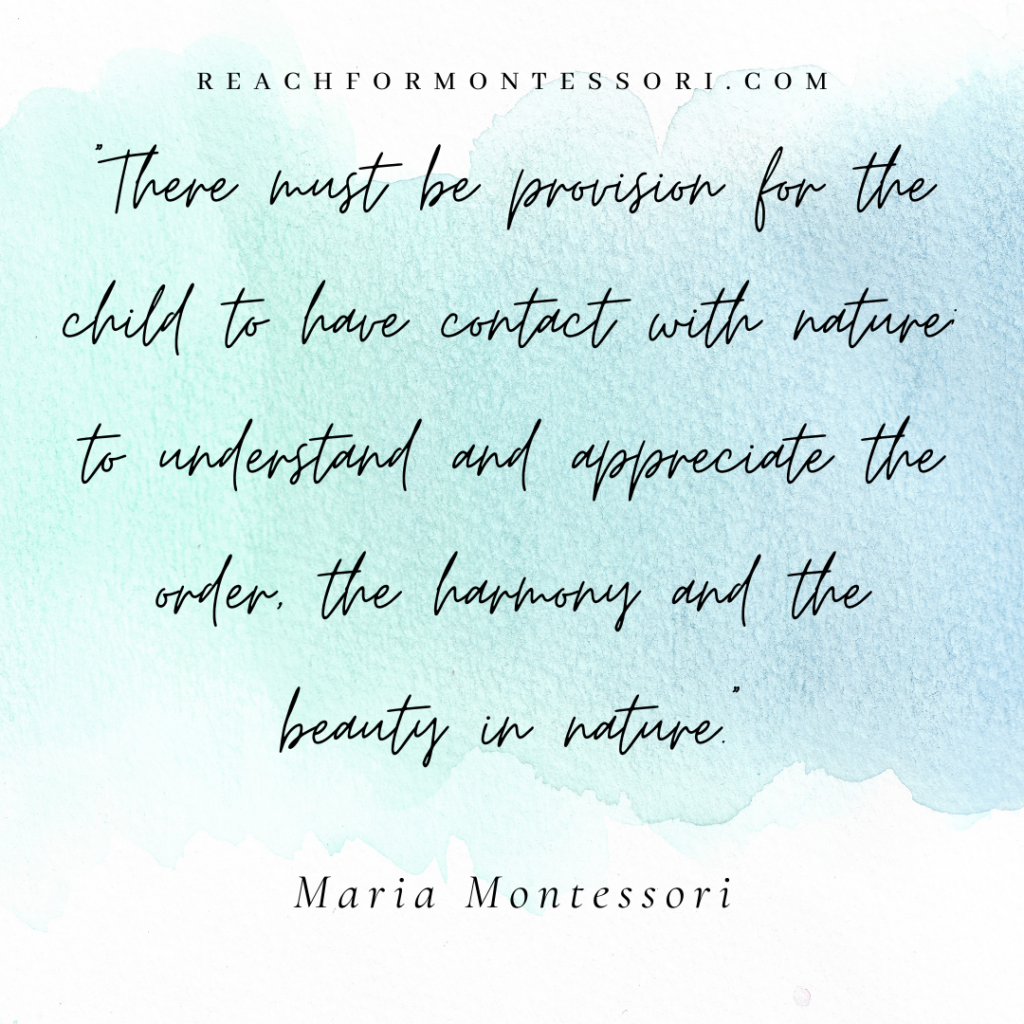
Outdoor Play and Physical Development
Perhaps one of the most obvious, yet still overlooked, benefits of outdoor play is on a child’s physical development.
Outside, children have the room to run, jump, roll, climb, and stretch as they wish.
This is the freedom that they are often denied indoors where space is limited and “horseplay” is often discouraged.
Gross motor activities—that is, those that use the large muscle groups—like running, jumping, and kicking, are essential for developing skills like balance, depth perception, and coordination.
Rigorous outdoor activity can have further benefits on the child’s cardiovascular health, too, and can promote healthy weight throughout life.
The outside world presents plenty of opportunities for fine motor development as well.
The simple act of picking a dandelion requires complex fine motor skills.
More structured activities for fine motor development include collecting pebbles, tracing letters in the sand, or sorting leaves of varying colors, for example.
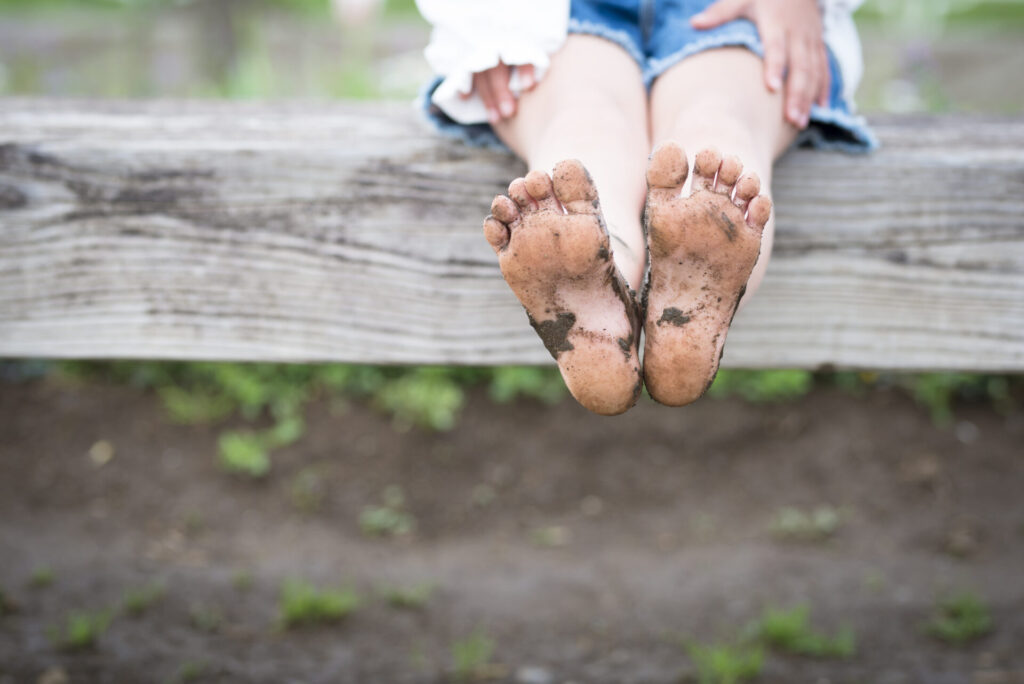
Cognitive Benefits of Outdoor Play
Intuitively, we all know that the outdoors feeds the mind as much as the body. Science supports this theory, too.
According to research, outdoor recess can provide a brain boost for children, enabling them to focus more and learn better once they return to the indoor classroom.
Playing outdoors has also been associated with increased creativity and problem-solving abilities.
The outdoors also presents a host of sensory learning opportunities for children.
Splashing through a puddle, feeling a cool breeze, and touching the bark of a tree—these are all examples of sensory experiences that teach little ones about the world they live in.
Creativity and problem-solving are also areas in which a child thrives while experiencing the outdoors.
Perhaps it’s the fresh air or the endorphins that flow freely during physical activity, but some of the best ideas are often born in an outdoor environment.
This is true for adults and children alike.
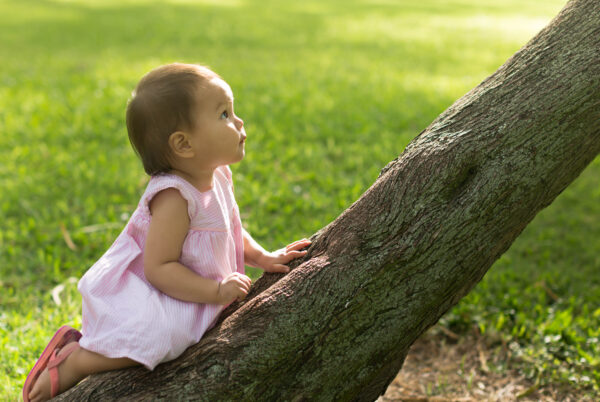
Outdoor Play and Social/Emotional Health
When you recall your own childhood memories of playing outside, you probably remember as much about who you played with as the activities themselves.
That’s because outdoor time presents rich opportunities for children to build social skills through unstructured interactions with their peers.
In a Montessori environment, these opportunities are even more authentic as they provide the potential for interaction with other children of all age groups.
During unstructured outdoor play, kids have the chance to learn valuable life skills like teamwork, negotiation, verbal and nonverbal communication, and more.
Any employer will tell you that these “soft skills” are every bit as important as math or science.
In terms of emotional health, outdoor play presents myriad opportunities for children to build resilience and self-confidence as they navigate the world around them.
As simple as it may sound, learning that they can get up again after falling down on the playground is a pivotal developmental milestone for little ones and one that empowers them to keep exploring and learning despite setbacks.
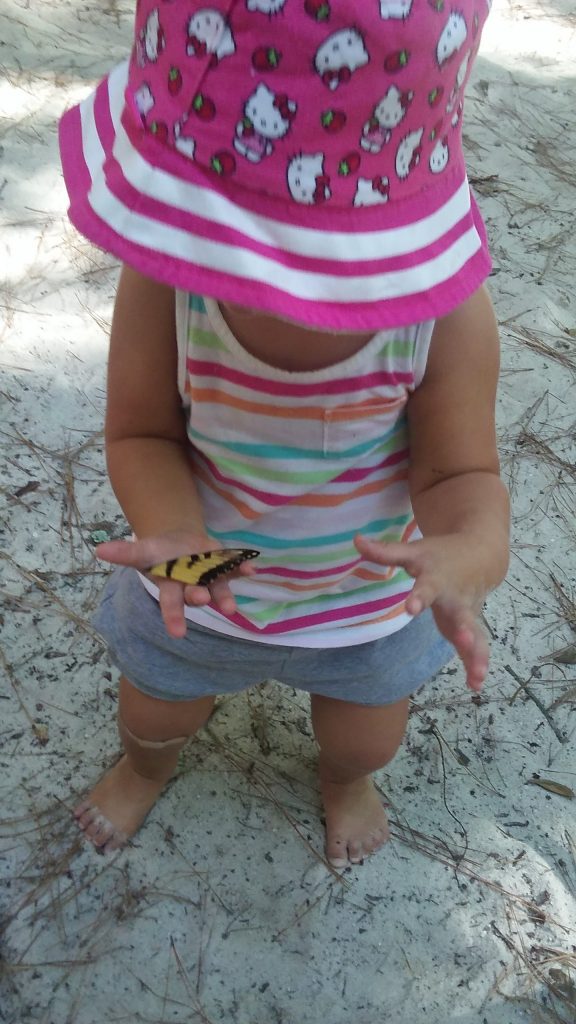
How Should You Prepare the Outdoor Environment?
While the outdoors is an inherently less structured environment for children to explore freely, there will still be times when it’s beneficial to prepare the outdoor environment in a similar way that you would prepare the classroom or other learning environment.
The extent of this preparation will depend on the developmental phase of the child.
Older children may require less preparation, for instance, while little ones may need more scaffolding as they learn to interact with the natural environment.
Whether indoors or outdoors, the key to creating an effective prepared environment is to strike a balance between structure and freedom.
That is, it’s not always necessary (or even advisable) to plan out every step of an outdoor activity.
Instead, prepare the space accordingly and provide children with the tools to “feel out” an activity on their own.
For example, plan a scavenger hunt through the woods by providing a safe route and baskets for children to collect items along the way.
Let children collect items they’re drawn to rather than check them off a prepared list.
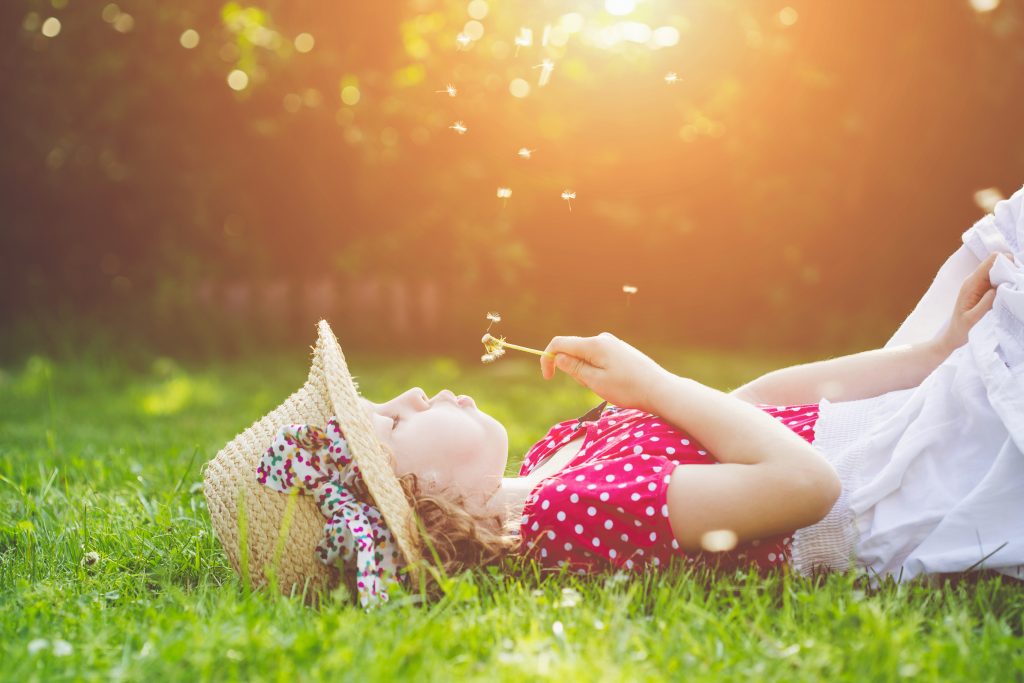
This is just one example of an unstructured outdoor activity in a prepared environment. Other ideas include:
- Sand play with shovels and containers of varying sizes and shapes
- Water play with vessels and floating objects
- Tracing letters with sticks
- Stacking rocks or other natural objects
- Finding items of similar textures or color
For 20 Montessori outdoor activities for toddlers and preschoolers, click here.
Use these ideas as a springboard for your own creative activities, and if you need more ideas, look to your little one.
Often through close observation, parents and caregivers can identify what a child is drawn to and then expand on this natural inclination.
In fact, this is often when the real magic of learning takes place!
When it comes to children and outdoor play, the sky really is the limit. What are your favorite outdoor activities for youngsters?
Cheers and don't forget to subscribe!
